#greek archaeology
Text
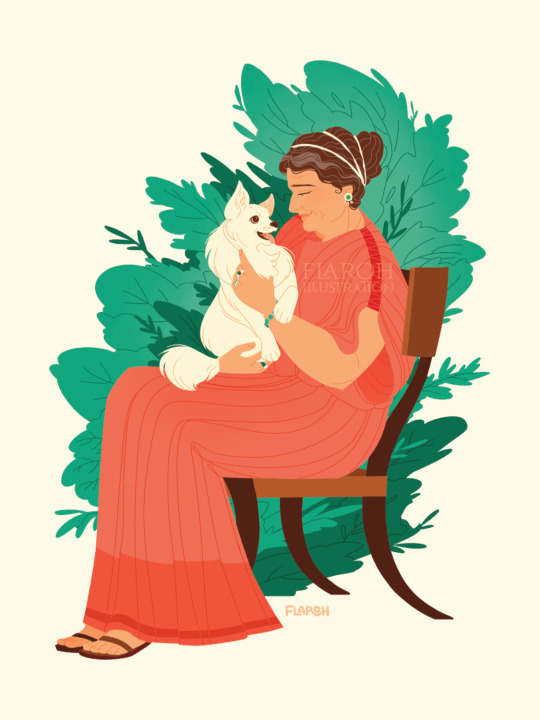
"This is the tomb of the dog, Stephanos, who perished. Whom Rhodope shed tears for and buried like a human.
I am the dog Stephanos, and Rhodope set up a tomb for me"
This piece is a tribute to two members of the ancient world, who lived in the Greek city of Termessos in modern day Turkey. We know about them today as Stephanos, a dog, had a tomb dedicated to him by his owner, Rhodope, who was also laid to rest nearby. As far as I can research, we don't know the exact details of when they lived, or much about their lives, except that Rhodope wanted us to know how much Stephanos meant to her.
His tomb was found near Rhodope’s own inscribed sarcophagus, which states that she set up the tomb completely and exclusively for herself. This suggests she was a single, independent wealthy woman.
Stephanos' remains are lost to time, but based on the size, and his role as a lady's companion dog, it is likely he was a melitan breed. This breed was a small, spitz-type dog that was incredibly popular in antiquity.
#tagamemnon#rhodope and stephanos#ancient greece#classical studies#greek archaeology#ancient turkey#flaroh illustration
2K notes
·
View notes
Text

A black figure kalpis depicting the poet Sappho (ΦΣΑΦΟ) holding a barbiton, an ancient stringed instrument similar to a lyre. Attributed to the eponymous Sappho Painter, active in Attica c. 510 to 490 BC.
🏛️: National Museum, Warsaw
#classics#classical antiquity#ancient greece#ancient greek#greece#greek#classical archaeology#greek archaeology#sappho#tenth muse#the poetess#national museum warsaw#sapphoposting
684 notes
·
View notes
Text

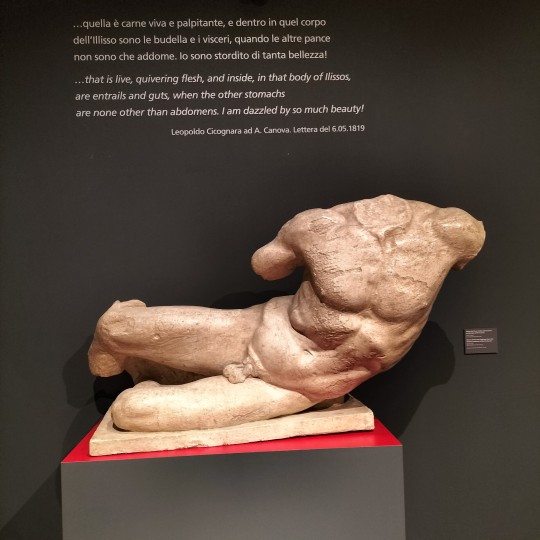



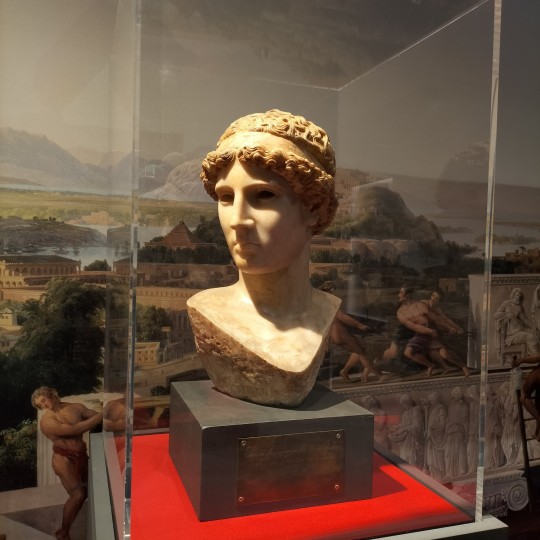
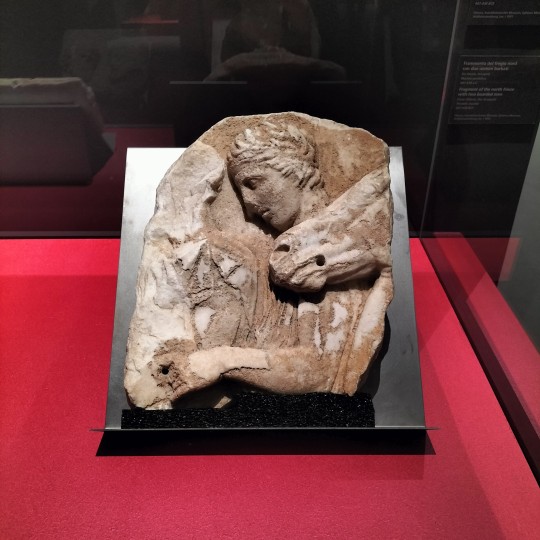

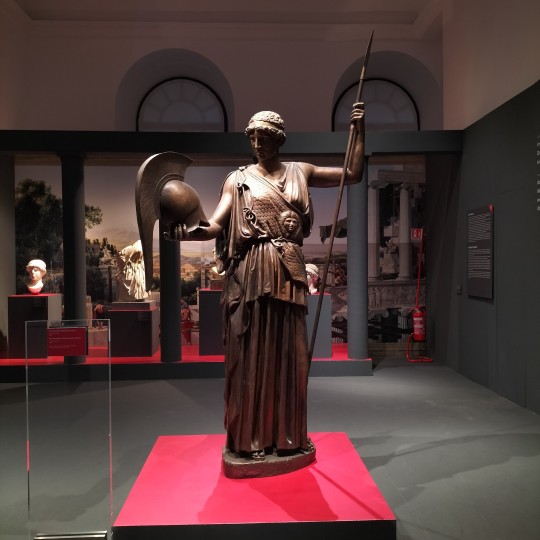

from november 2023 to may 2024 at villa caffarelli, part of the capitoline museums, an exhibit entirely dedicated to phidias, the famous sculptor behind the parthenon and the chrysoelephantine colossi of the athena parthenos and zeus of olympia.
the exhibit is composed of a selection of more than 100 works, from archaeological finds to paintings and manuscripts narrating the life and work of the artisan, with the support of reconstructions, multimedia installations and digital content.
the exhibition is the first of a series of five exhibitions, "i grandi maestri della grecia antica". in addition with the artworks coming from museums in rome and other italian institutions, the exhibit contains some extraordinary loans, items that have never left their museum premises, as for example two fragments from the parthenon frieze, from the acropolis museum in athens.
tiktok
#paiawon.txt#tagamemnon#phidias#archaeoblr#archaeology#art history#rome#capitoline museums#musei capitolini#athens#athena parthenos#zeus of olympia#parthenon#greek archaeology
503 notes
·
View notes
Text
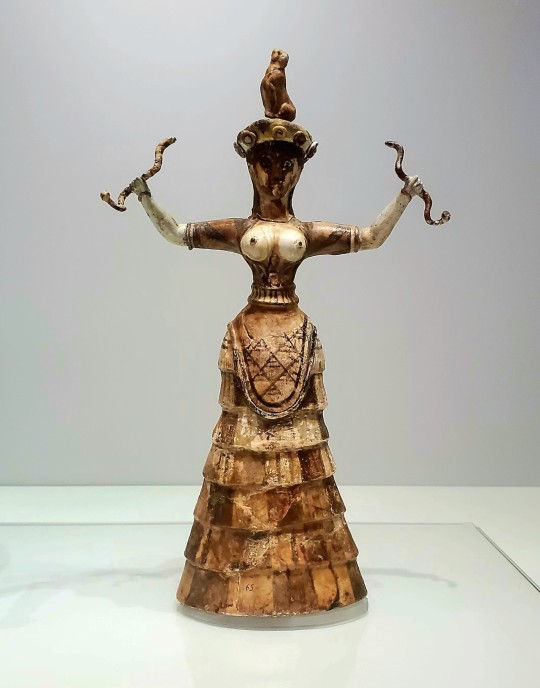
Minoan "Snake Goddess," faience, c. 1650-1550 BCE, excavated from the Knossos Temple Repositories (Crete)
In the collection of and on display at Heraklion Archaeological Museum (Heraklion, Crete), accession no. Y65
#isaac.jpg#archaeology#art#classical archaeology#greek#crete#bronze age#minoan#minoan snake goddess#greek archaeology#bronze age archaeology
320 notes
·
View notes
Text
Currently trying not to lose my mind about the painted decorations on the ceiling of ancient Greek temples. Not me almost crying in class about the how the ancient Greeks painted a yellow star like pattern on ceiling coffers with vibrant blue backgrounds so that way it looks like you can see the stars and night sky even inside the temple. Not me thinking about how human and sacred putting glow in the dark stars on your bedroom ceiling is because the ancient Greeks also did that.
#archaeology#greek archaeology#classics#academia#my lil archaeologist heart soars#I found this in the drafts and I stand by it
135 notes
·
View notes
Photo
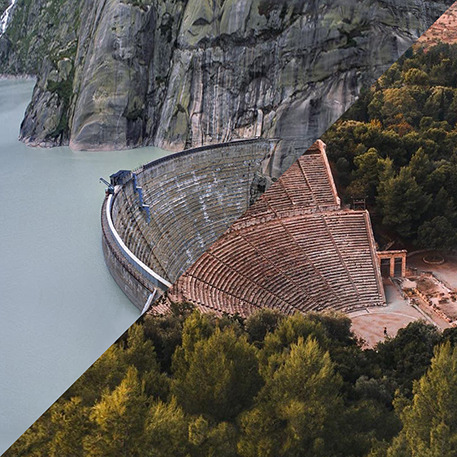
Spitallamm dam, Grimselsee, Switzerland, 1932
VS
Ancient Theatre, Epidaurus, Greece, 4th century BC
#Spitallamm#Grimselsee#dam#Arch dams#Hydropower#barrage#architecture#engineering#Epidaurus#greece#ancient greece#theatre#ancient theatre#Polykleitos the Younger#Pausanias#argolis#archaeology#greek archaeology#landscape architecture#Asclepius#World Heritage Site#UNESCO
941 notes
·
View notes
Photo

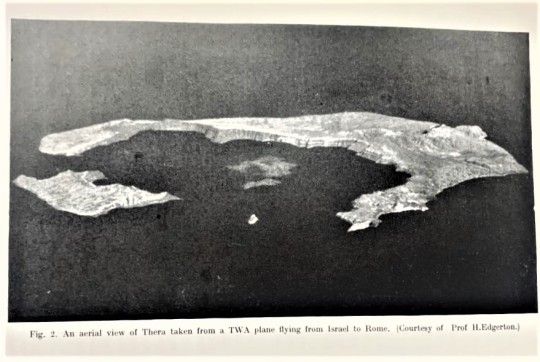


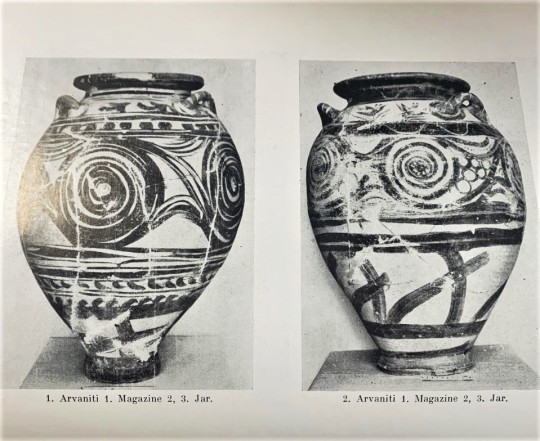
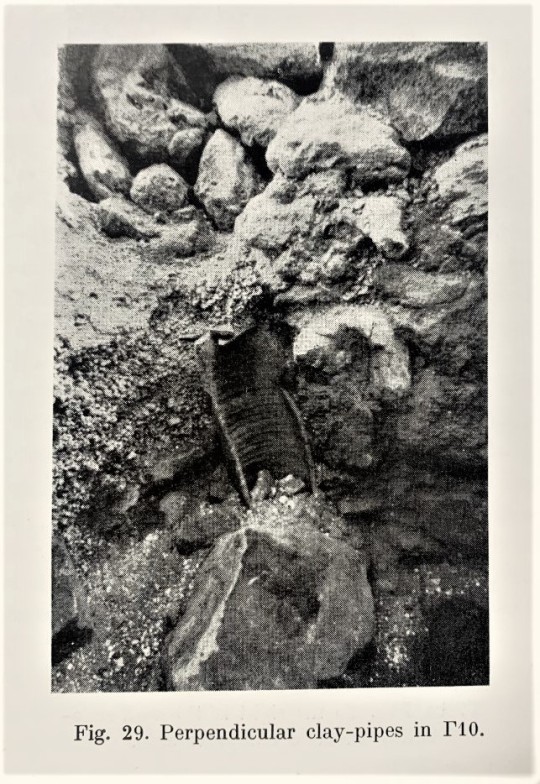


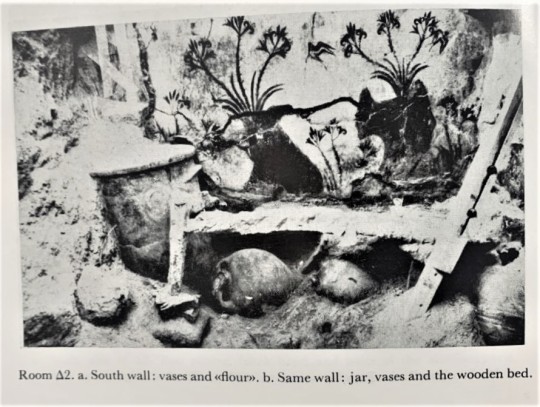

Excavations at Thera
The destruction of Pompeii by the volcano Vesuvius has become synonymous with the nature disaster of volcanic eruptions. The eruption of Vesuvius, among the deadliest in history, was the first natural disaster of its kind to have a first-handwritten account and this documented event has persisted in the public consciousness for nearly two millennia. Yet, despite being the one of the most famous and the deadliest, the eruption of Vesuvius is far from the most destructive. That honor might well go to the eruption of Thera in the 16th or 17th century BCE.
Excavations conducted on this Cycladic Island (among the Aegean Islands), such as the ones recorded in Excavations at Thera a seven-volume set of reports written by by the noted Greek archaeologist Spyridon Marinatos and published by Archaiologikē Hetaireia en Athēnais between 1967-1971, showed that during the Minoan period (2000-1200 BCE) Thera once held an integral port city. Remains showed that though the city was flourishing, its inhabitants abandoned the island for reasons that would soon become apparent to the excavators. It didn’t take long for archaeologists to discover that Thera once held an oval shape, differing greatly to the crescent it is today. Further inspection revealed that several ancient structures were far underwater, pointing to the island collapsing in on itself after their construction. It wasn’t long before the pieces were put together, leading to the discovery that Thera once held an active volcano that erupted in the Minoan period, destroying the island in its entirety.
The collapse of the Minoan civilization has been a mystery that persists to this day, yet finding this once active volcano led many to draw lines of connection between the two events. The reports written by Professor Marinatos reference this theory as near fact when describing the history of the ancient civilization. Such a theory does make a good amount of sense as this eruption would have been much greater than that of Vesuvius with estimated effects reaching all the way to China with reports of a series of harsh winters. Yet as excavations on both the Cycladic Islands and Crete continued, the date for the eruption got pushed back as the fall of the Minoan civilization crept forward. Currently the most accurate date for the eruption of Thera is 1628 BCE with some room for error while the fall of the Minoans sits between 1200-1100 BCE.
View more of my Classics posts.
– LauraJean, Special Collections Undergraduate Classics Intern
#Eruption of Thera#Thera#volcanoes#greek history#Minoan history#Cyclades#volcanic eruptions#Crete#Excavations at Thera#Spyridon Marinatos#archaeology#Greek archaeology#Archaiologikē Hetaireia en Athēnais#Archaeological Society at Athens#Classics#LauraJean
65 notes
·
View notes
Text
in the neolithic. straight up "jorking it". and by "it", haha, well. let's just say. My peanits

11 notes
·
View notes
Text
Well then! And the lead should read “Macedonia Hetairos.” Hetairoi is plural. 🙄
#asks#ancient macedona#ancient macedonian tombs#archaeology#macedonian archaeology#ancient greece#greek archaeology
11 notes
·
View notes
Text







#Would y'all believe me if I said I was in fact a serious scientist?#archaeology#anthropology#cultural anthropology#archaeological frustration#greek archaeology
3 notes
·
View notes
Text
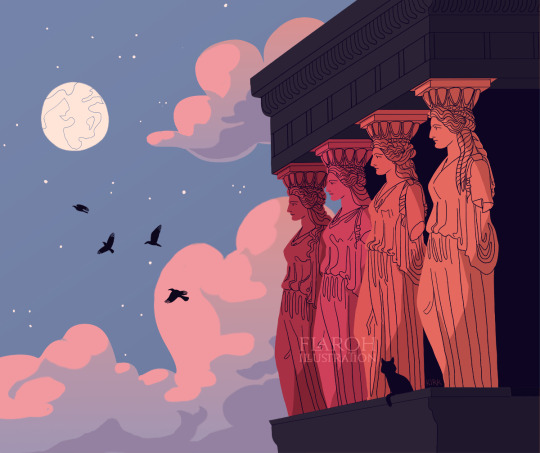
My caryatid illustration just turned four years old?? I cannot believe this 😭🥰
2K notes
·
View notes
Text
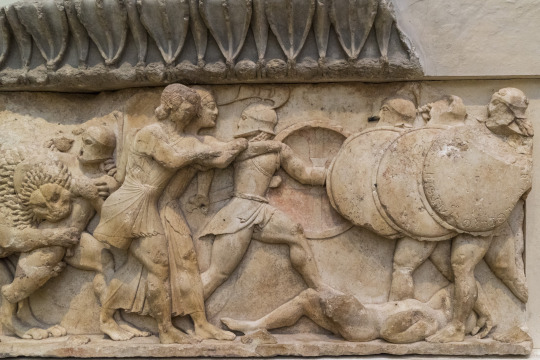
North frieze from the Siphnian Treasury in Delphi, 6th century BC
Delphic Archaeological Museum, Greece
The northern frieze depicts the Gigantomachy, the war between the Olympian gods and the Giants, who are depicted as enlarged hoplites. In this scene, the brother and sister team of Apollo and Artemis fire arrows towards a fleeing Giant who glances back over his shoulder, while a line of three other Giants advance from the right. Another rather unfortunate Giant can be seen behind the twin gods struggling to avoid being mauled by a lion.
📷: Egisto Sani
#ancient greece#classics#classical art#classical archaeology#delphi#apollo#artemis#greece#greek archaeology#wouldn't envy that guy
40 notes
·
View notes
Text
Indiana Jones and the REAL Dial of Destiny??
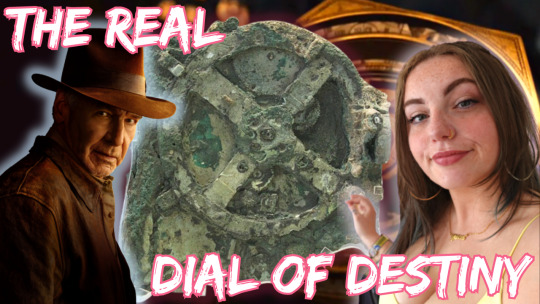
OK BUT WHAT IF I TOLD YOU THE DIAL OF DESTINY EXISTS IRL... KIND OF...
The Antikythera Mechanism is (possibly) the worlds first ever analogue computer, mechanical calendar, planetary navigation device - it does it all! Find out all about it in my new YouTube video, and don't forget to subscribe!! x
youtube
#ancient history#scottish youtuber#archaeology#archaeogaming#chaotic academia#youtube#archaeolorhi#dark academia#indiana jones#indiana jones and the dial of destiny#dial of destiny#antikythera#antikythera mechanism#classical archaeology#greek archaeology#roman archaeology#history#museumcore#harrison ford#phoebe waller bridge#archimedes#hipparchus#Youtube
3 notes
·
View notes
Photo

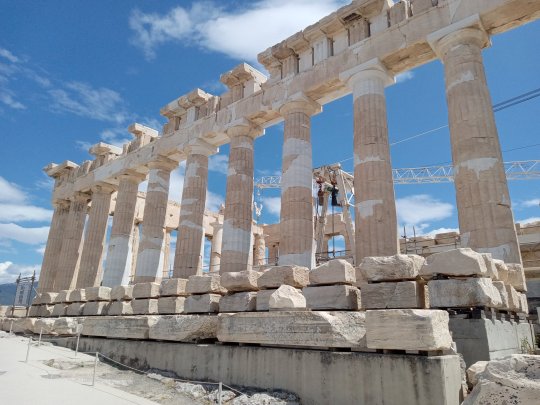
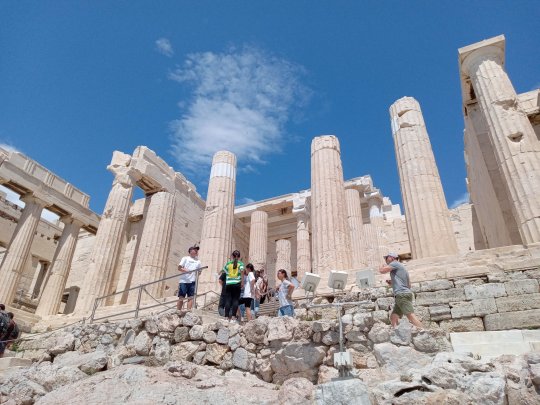



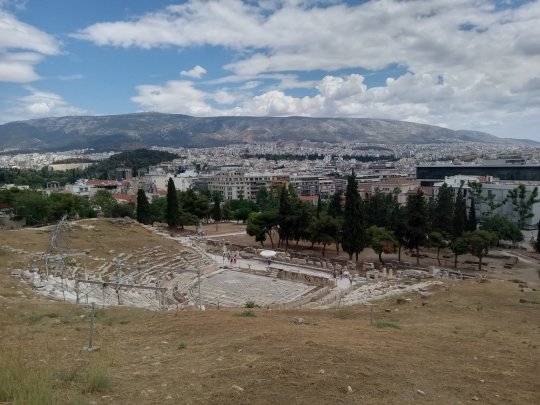
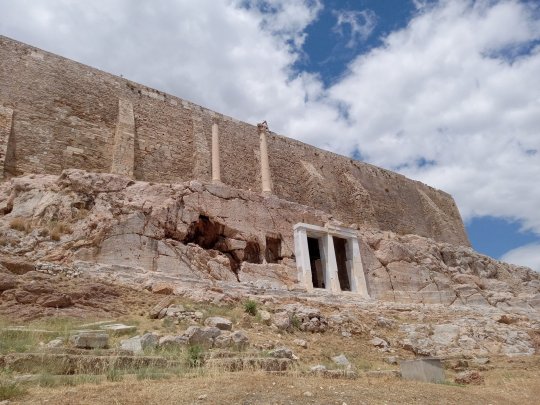
Went to the Athenian acropolis today and got to feel very cool being like “here’s my archaeologist pass that says I don’t have to pay”
31 notes
·
View notes
Text
instagram
#archaeology#greek archaeology#Segesta#sicily#Italy#greek sicily#Province of Trapani#Greek Temple#though i know segesta wasn't technically a siceliot town
14 notes
·
View notes
Text
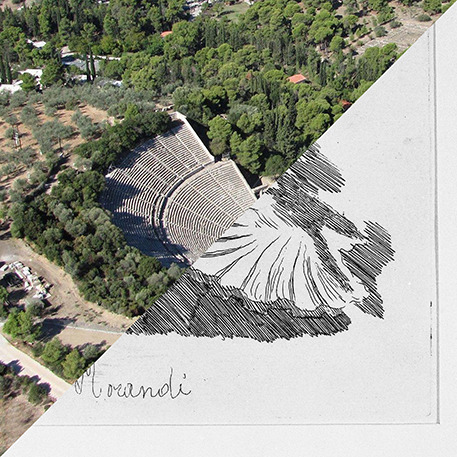
Ancient Theatre, Epidaurus, Greece, 4th century BC
VS
Giorgio Morandi, Shell and other objects, 1948
#giorgio morandi#italian art#modern art#Etchings#etching#still life#epidaurus#greece#ancient greece#archaeology#greek archaeology#pausanias#Peloponnese#Argolis#asclepius#unesco#world heritage site#landscape architecture#world heritage#architeture#polykleitos the younger
36 notes
·
View notes